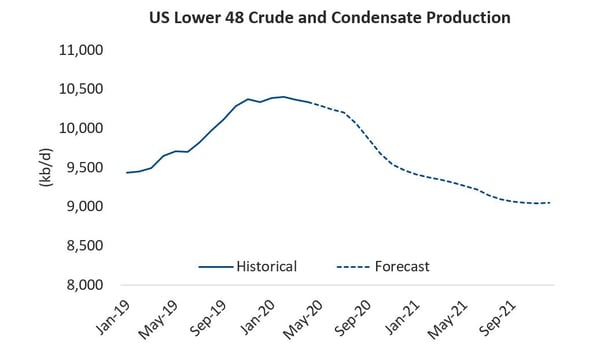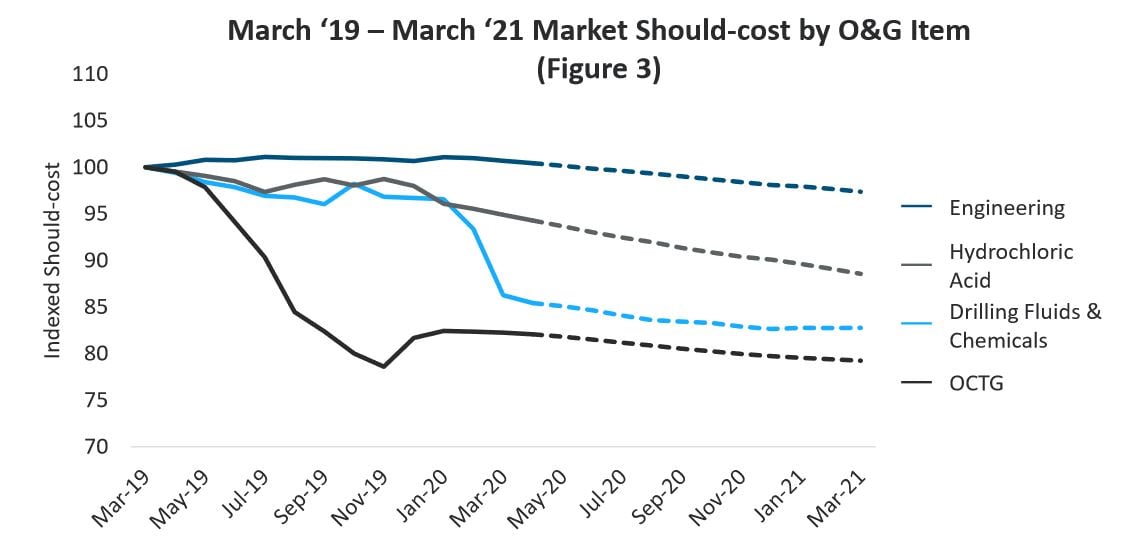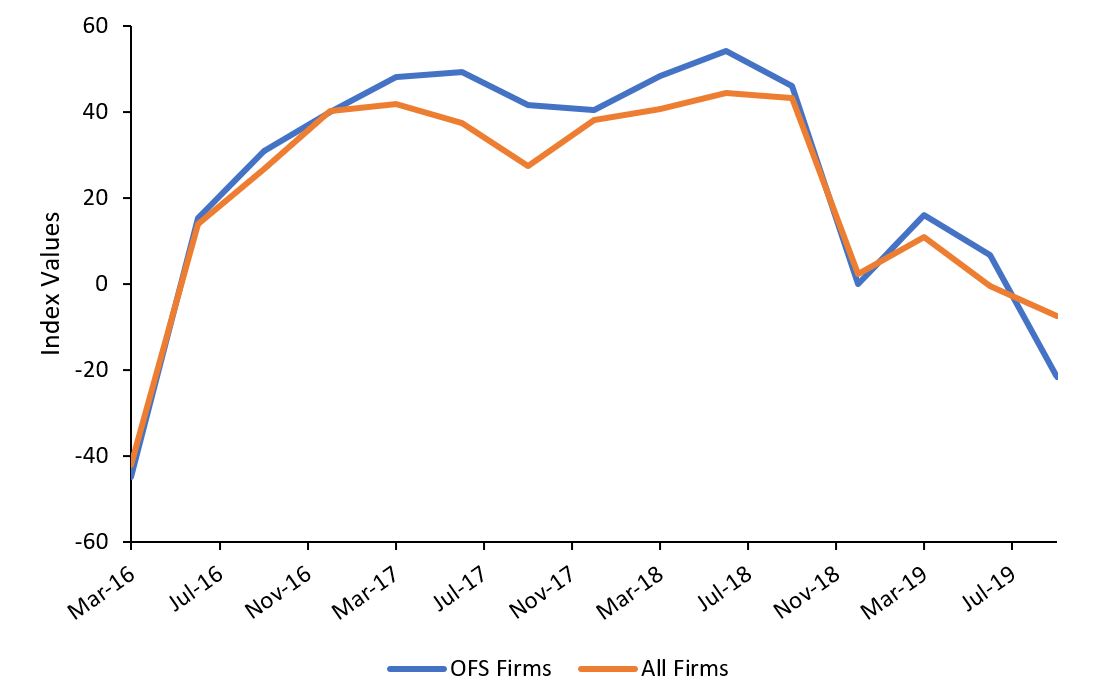
Amidst the COVID-19 market downturn, midstream projects are under intense scrutiny as executives look to reduce spending in a capital-constrained environment. However, data challenges prevent firms from identifying opportunities to lower cost estimates, resulting in scrapped projects and lost bids.






